30+ Underrated Vintage Cars Most People Forgot About
Ladies and gentlemen, start your engines! We’re about to take a look at some of the coolest vintage rides from over the decades that have fallen by the wayside. These vintage automobiles are totally underrated, and they deserve more love from gearheads. Here are some of the forgotten classic cars that deserve some extra love.
Did we miss your favorite? Keep reading to learn more!
Mercury Comet Cyclone
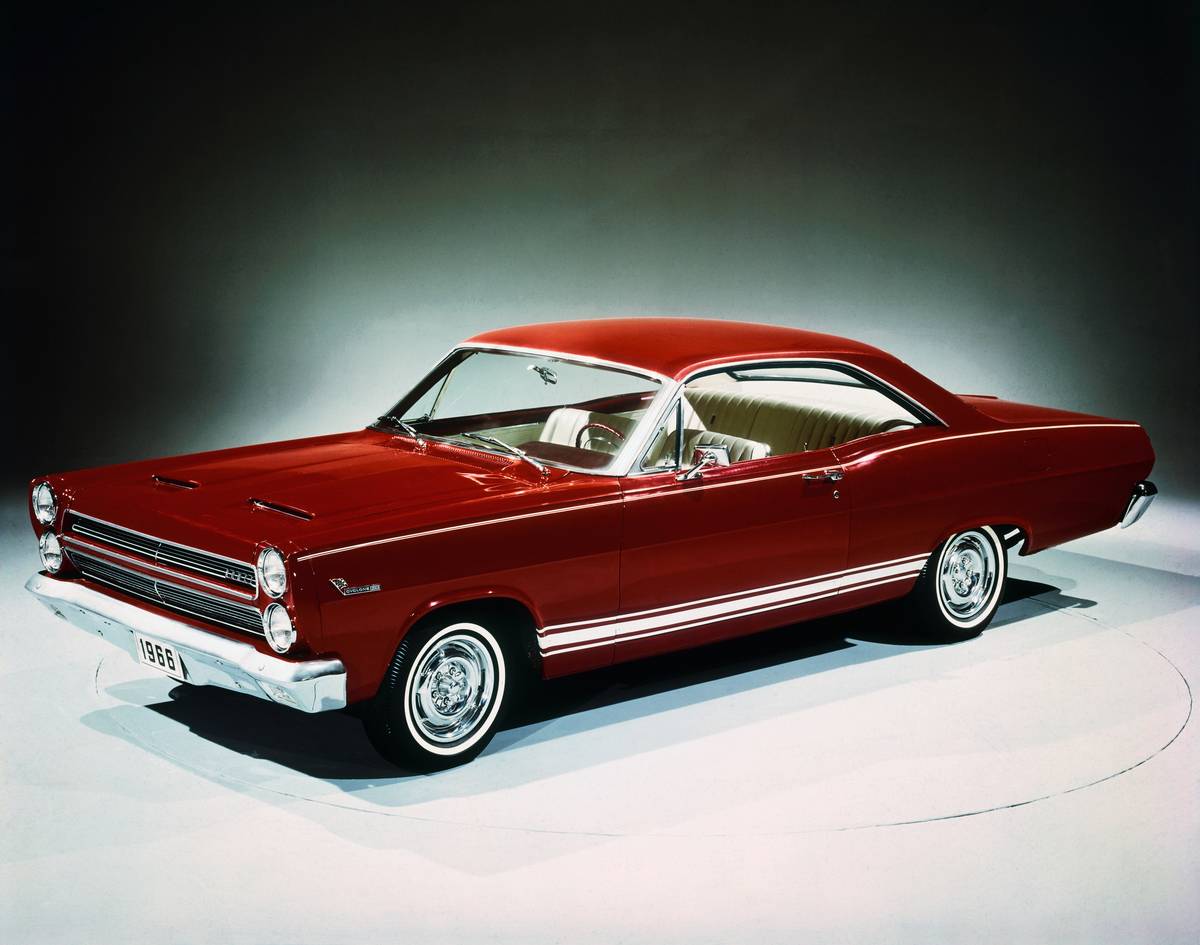
The Mercury Comet Cyclone was a spectacular two-door coupe with either a regular top or a convertible roof. Today, the convertible is rare and valuable.
Throughout its production run, which lasted until 1971, Ford only managed to sell around 12,000 units of the Comet Cyclone in total, and it’s thought that only 400 units remain in existence today!
Lancia Delta Integrale HF
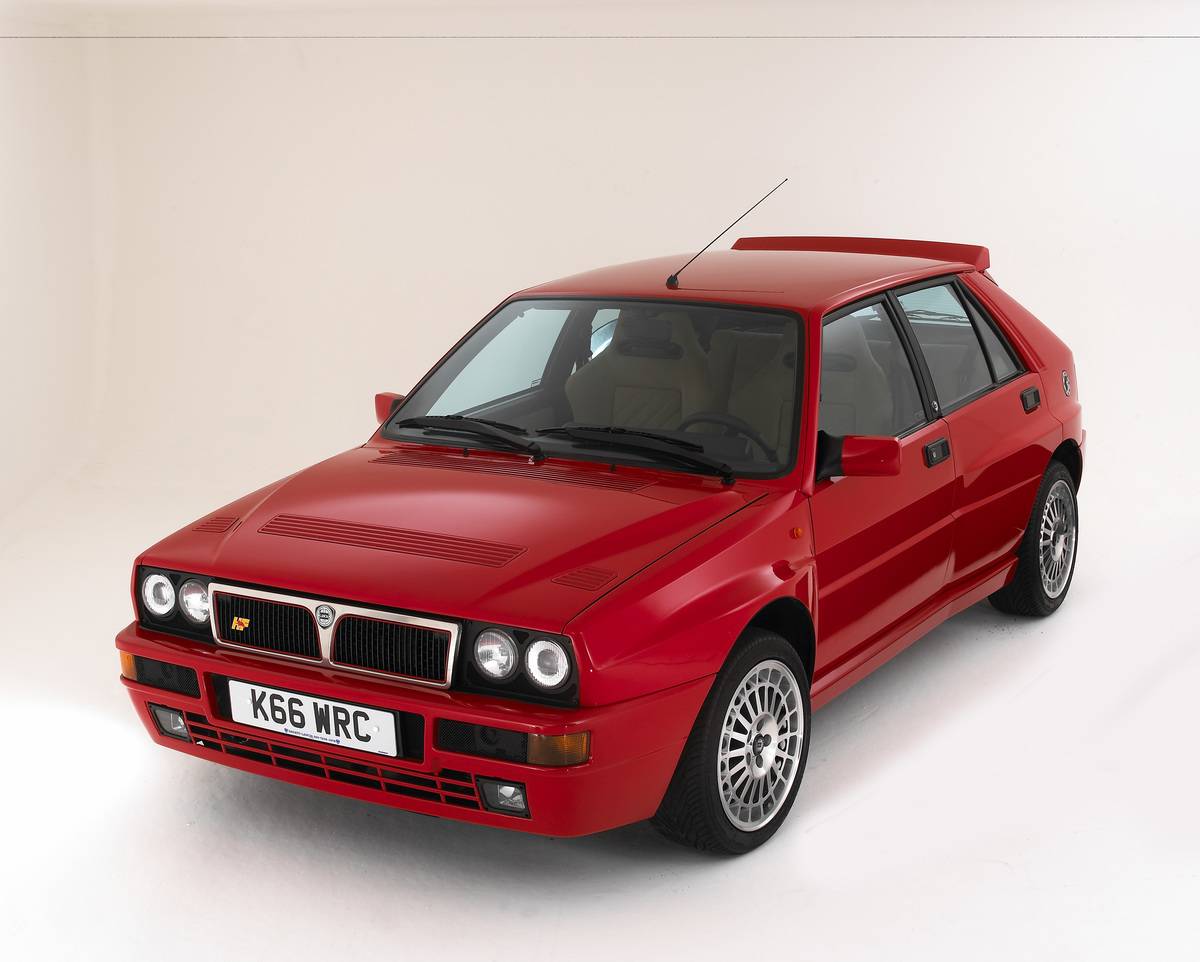
Today, the Delta Integrale HF is unarguably considered to be one of the best hot-hatches on the planet. However, this was not exactly the case just a few decades ago. In fact, many petrolheads even forgot that this exceptional automobile ever existed!
A performance-oriented version of the Delta, dubbed the Delta Integrale HF, hit the market in the late 80s. The all-new souped-up Delta Integrale was basically a road-legal rally car. It featured a power output raised to 182 horsepower, as well as Lancia’s iconic all-wheel-drive system.
Volkswagen Golf GTI
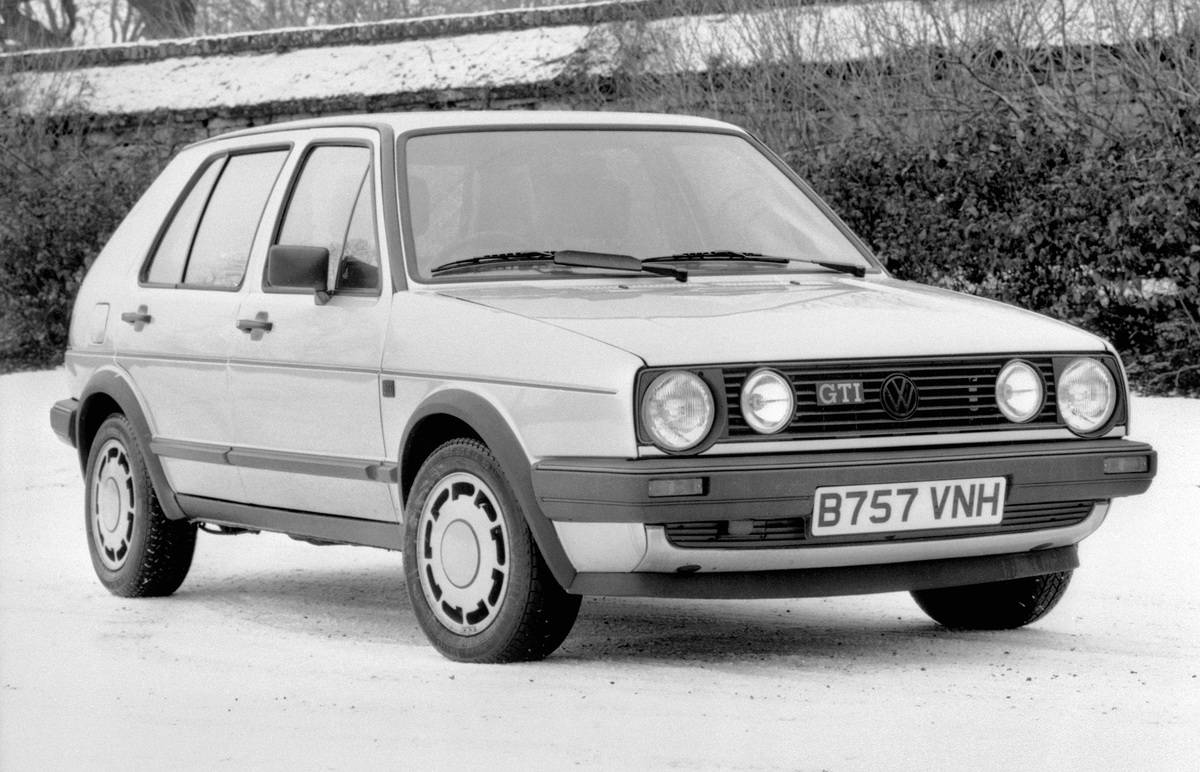
The original Volkswagen Golf GTI is easily one of the most significant German cars of the 20th century.
The Golf GTI, considered to be the world’s first hot hatch, quickly became forgotten just years after its initial debut.
Mercury Super Marauder
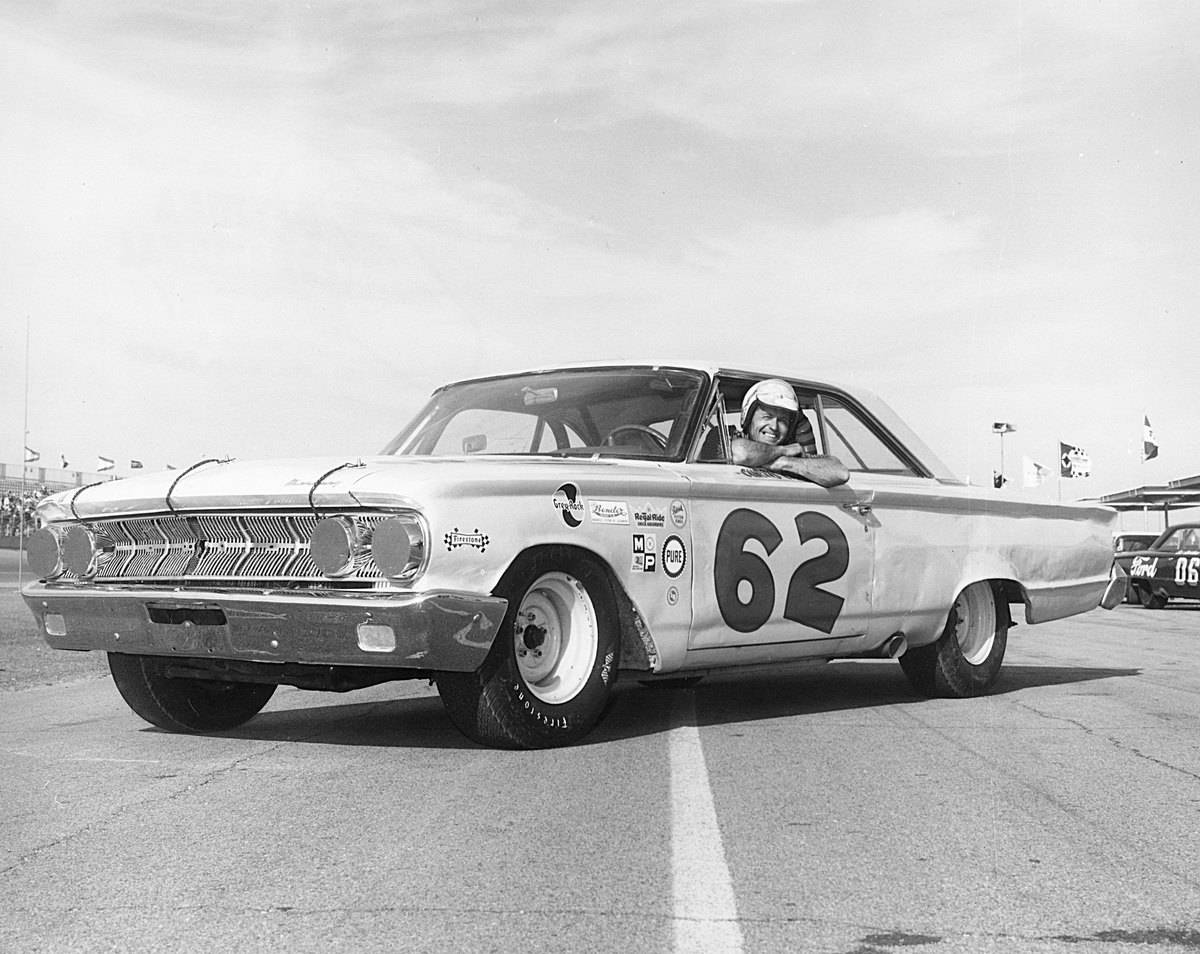
The Super Marauder may just be the rarest Mercury automobile of all time. This super-rare variant saw a short production run of just 42 units in total. They can easily be distinguished from other variants, as a genuine Super Marauder has the letter “R” in its VIN code.
The Super Marauder option was powered by an insane 427-cubic inch V8 motor rated at an astounding 425 horses. All that power was delivered to just the rear wheels.
GMC Syclone
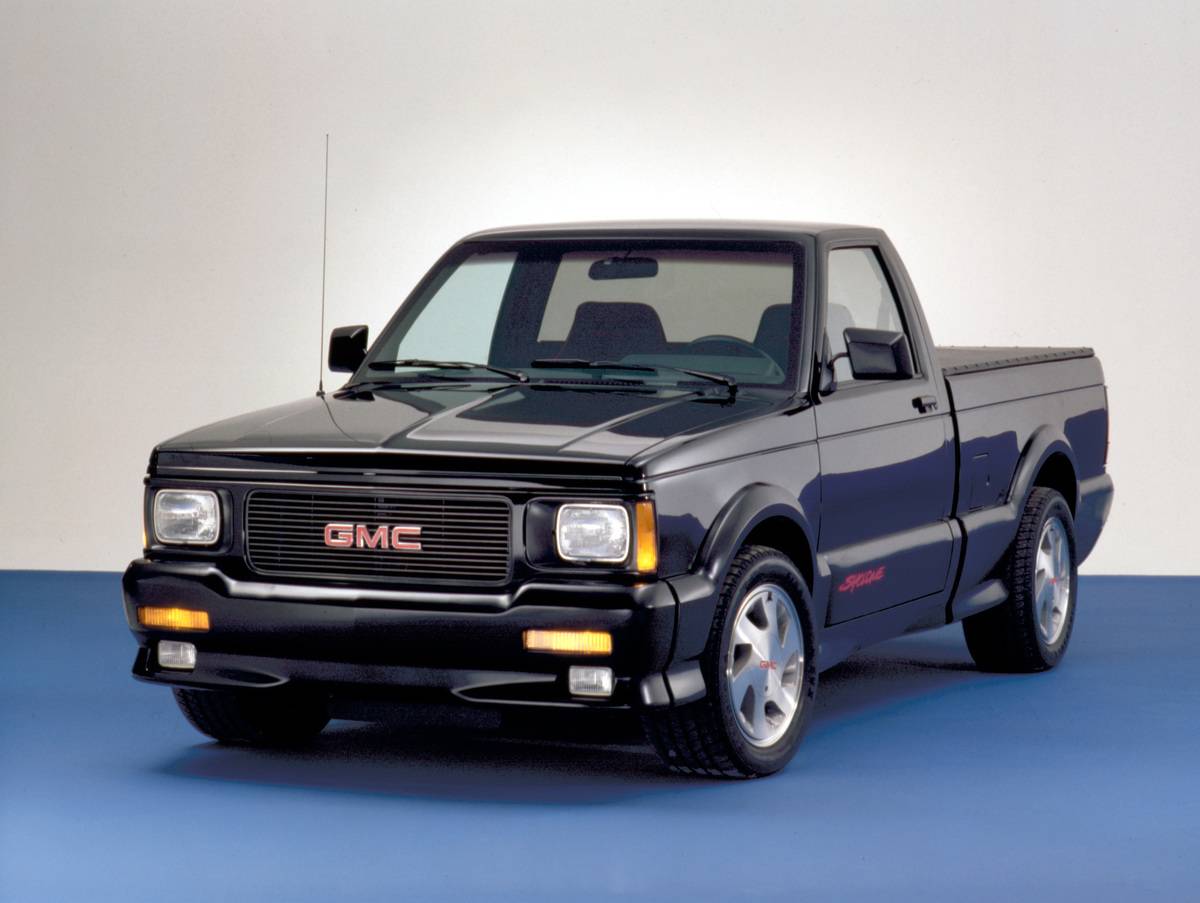
Naturally, this list would not have been complete without what is likely the most underrated GMC of all time. The GMC Syclone was an absolute missile of a pickup truck. This high-performance truck, based on the GMC Sonoma, could sprint to 60 miles per hour in just 4.3 seconds! That was properly quick back in 1991, and it is still equally impressive today.
General Motors only built 2,998 units before shutting down the production line merely a year after its launch. The GMC Syclone never saw a successor.
Pontiac GTO
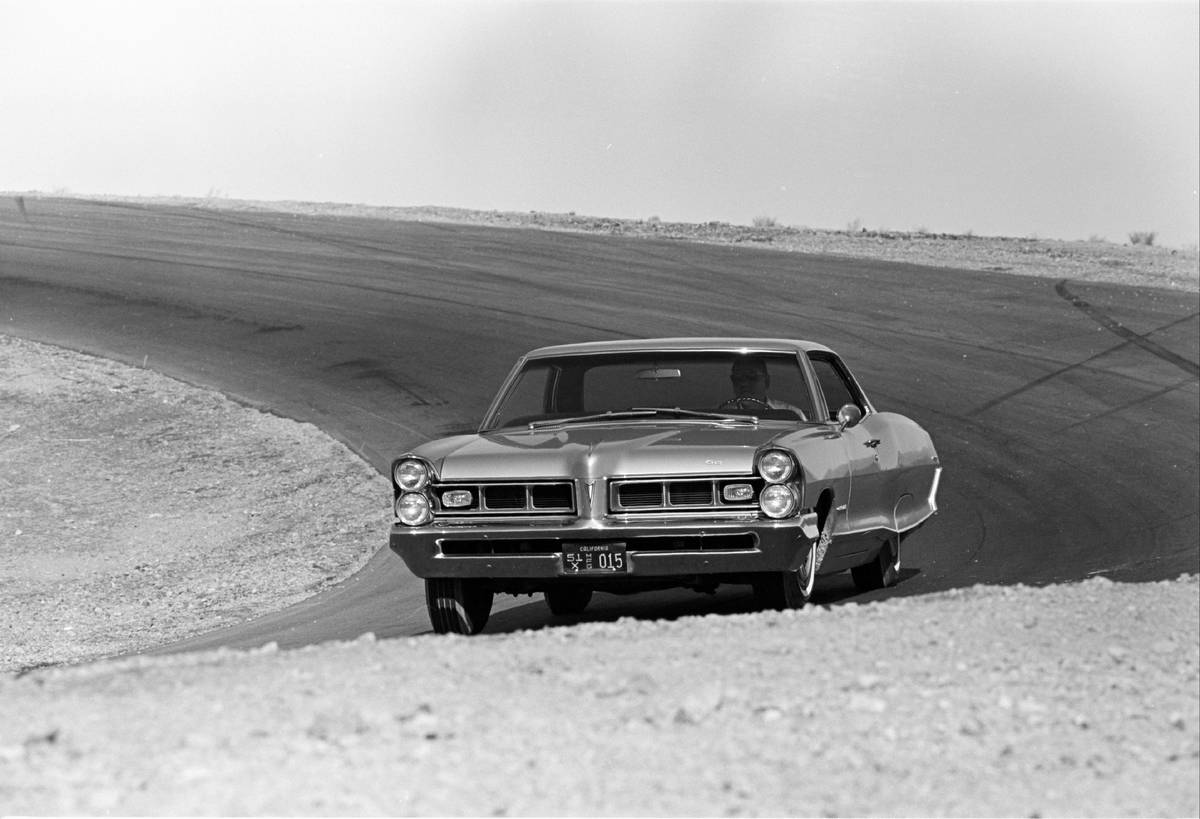
The 1973 oil crisis meant American automakers could no longer sell enormous gas-guzzling vehicles, and buyers preferred more fuel-efficient options.
The legendary Pontiac GTO had no place on the market after ’73 and saw little success in terms of sales.
Datsun 280ZX

Nissan’s Z-cars series first hit the market at the end of the 1960s, though the 280ZX did not arrive until 1978. This gorgeous sports car was only sold for 6 years.
Under the hood, the Nissan 280ZX packed either a 2.0L or a 2.8L flat-six motor, either naturally aspirated or turbocharged.
GMC Typhoon
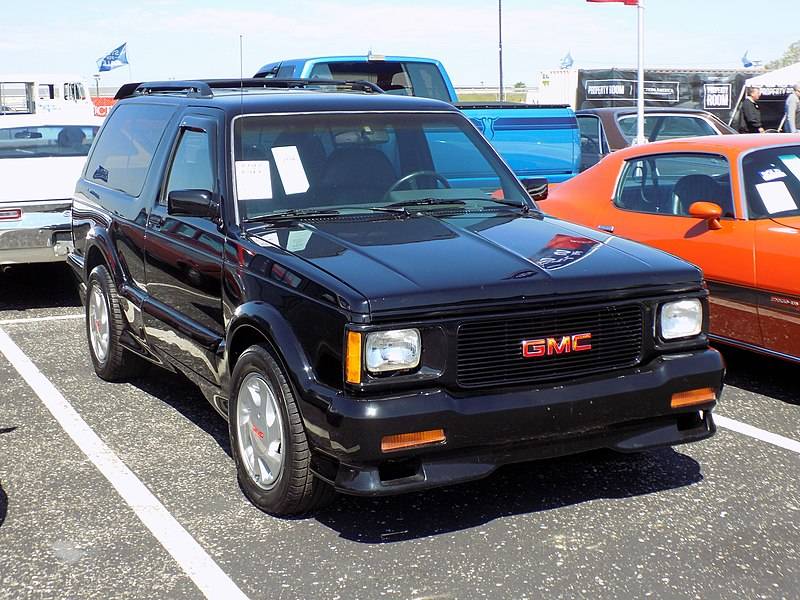
Overpowered, high-performance SUVs are rather common on the market today. However, things were very different back in the early 90s. Nobody had thought about creating a souped-up SUV back then. Until GMC released the Typhoon in 1991, that is.
Today, the Typhoon is famous as the world’s first proper high-performance SUV. It was capable of a sprint to 60 miles per hour in just 5.3 seconds, thanks to its turbocharged V6 motor. For some odd reason, only 4,697 examples were built before the model was discontinued in ’93.
Oldsmobile Vista Cruiser
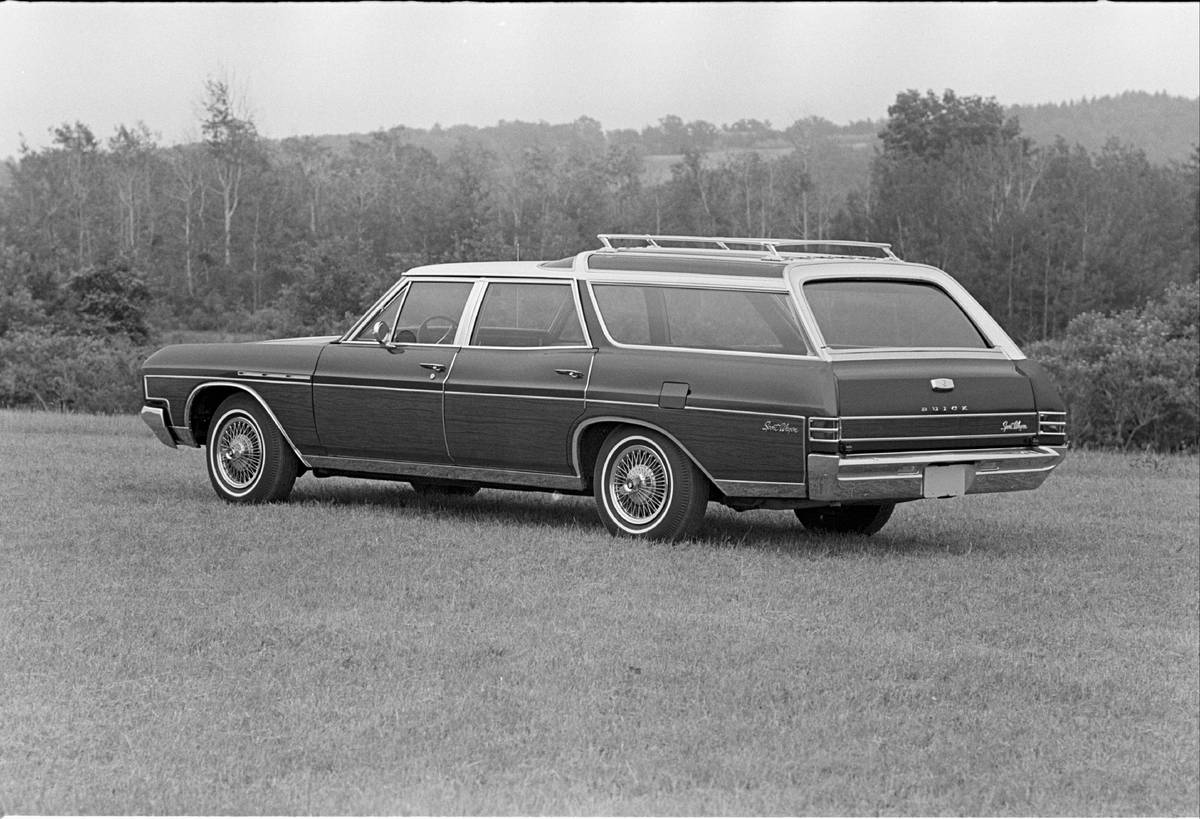
If you’re a fan of That ’70s Show, you probably recognize this station wagon, because protagonist Eric Foreman owned one of these. However, he didn’t own the rare 442 variant.
The 442 variant packed a four-speed stick shift, a four-barrel carburetor, and twin exhaust tips. Oh, and it packed a monstrous 455-cubic inch V8 under the hood, too.
Ford Falcon 429 Cobra Jet
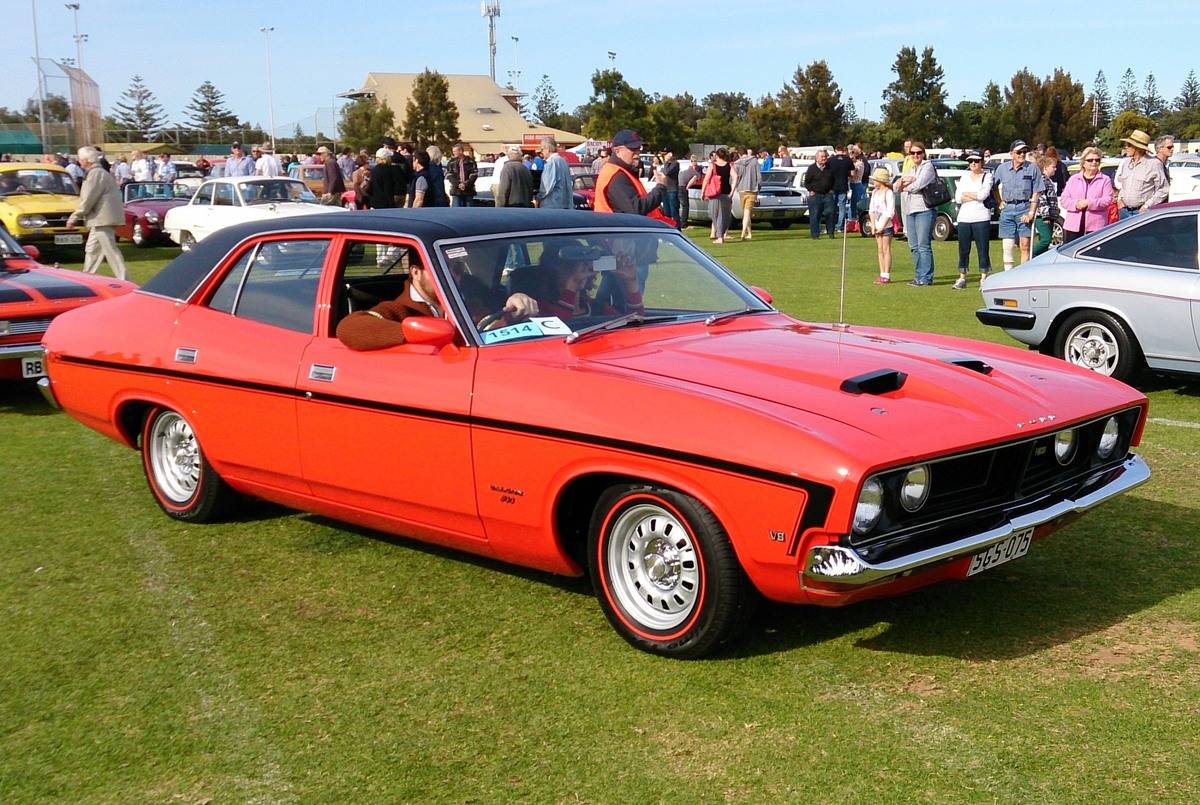
The Ford Falcon was a hit among consumers. Its production run lasted around two decades, and the American automaker sold hundreds of thousands of units in total. However, the high-performance 429 Cobra Jet did not share the same success story. In fact, it was quite the opposite.
Ford introduced the Falcon 429 Cobra Jet shortly before dropping the model altogether in 1970. It made a whopping 370 horsepower in total! Today, it’s easily the most sought-after version of the Falcon of all time.
Porsche 912
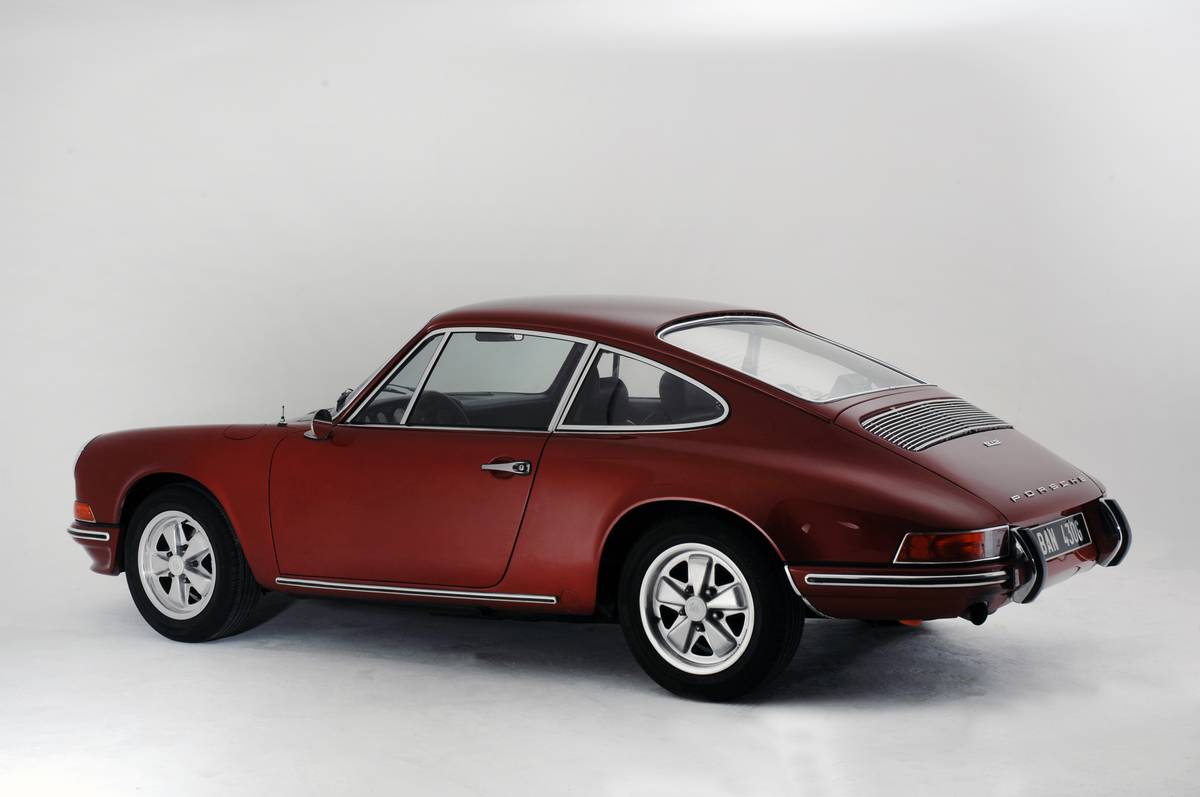
The Porsche 912 hit the market in 1965. Just like its successors, the 912 was not particularly successful at first.
Despite quite a positive reception from both the automotive press as well as most owners, Porsche replaced the 912 merely four years after its debut.
AMC Hornet SC/360
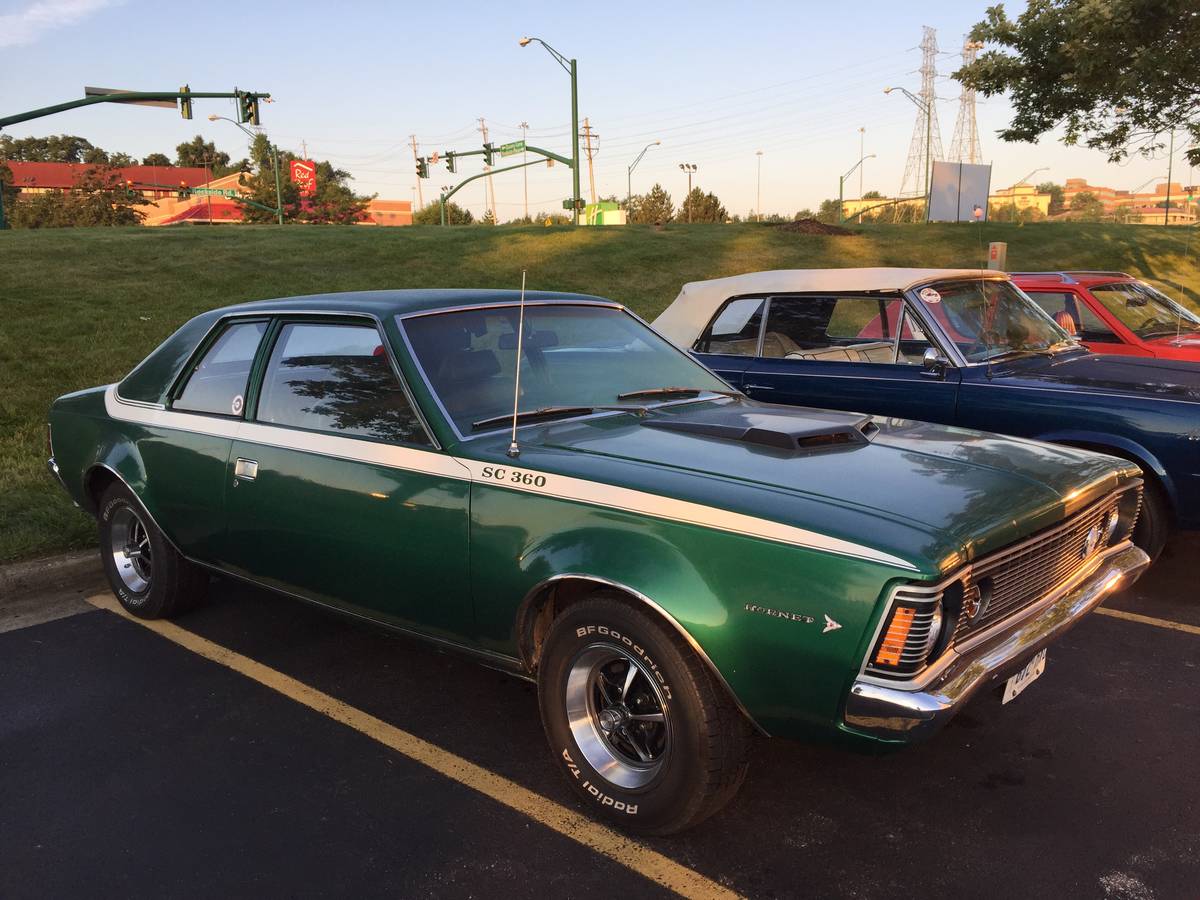
The 1973 oil crisis caused virtually every American automaker to pay more attention to fuel economy. While AMC may not have predicted the crisis itself, the automaker attempted to combat the problem two years earlier.
The Hornet SC/360 was developed to be a muscle car that was more fuel-efficient and compact than anything else on the market at the time. Sadly, buyers did not seem to want that at the time. AMC sold just 784 examples before dropping the variant that same year.
Mercury Cougar
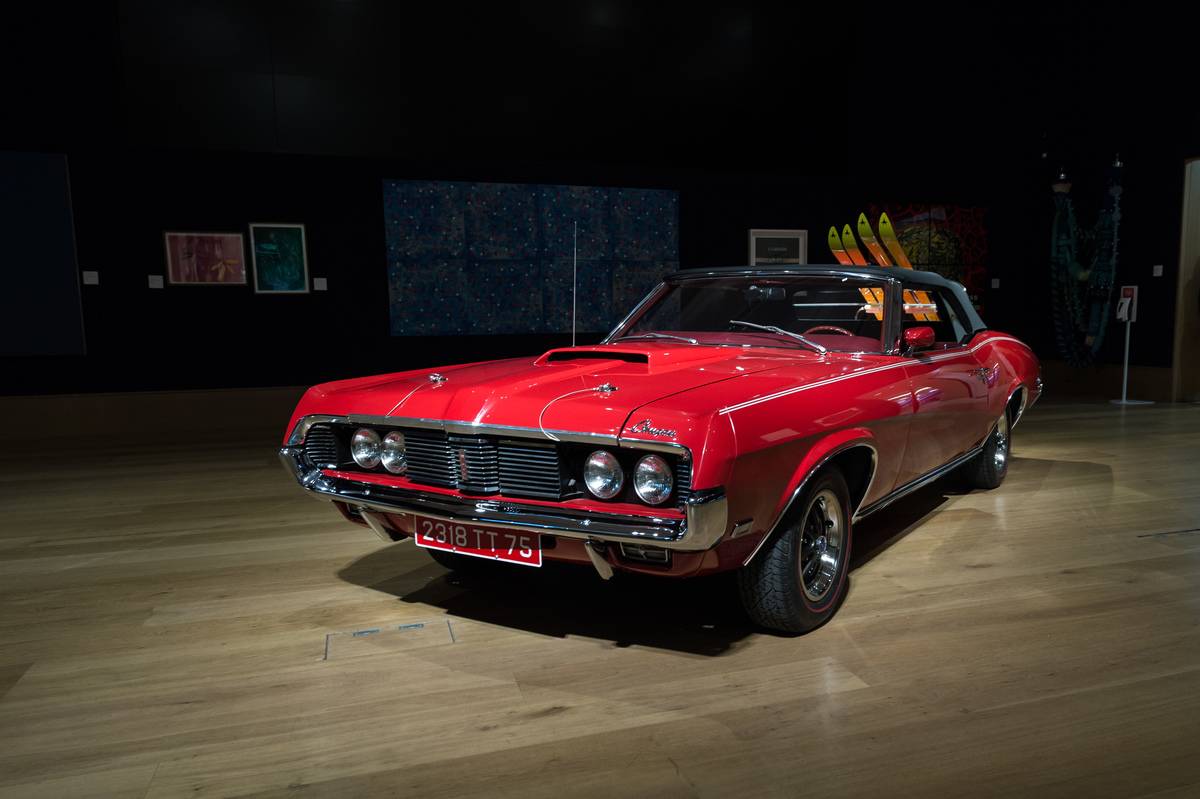
Remember the Mercury Cougar? Though some die-hard American car fans may argue that this vehicle wasn’t exactly forgotten, the Mercury Cougar was nowhere near as popular as the Ford Mustang. After all, most of the components were shared between the two automobiles.
Ford offered the Cougar alongside the Mustang between 1964 and 1974. From ’74 onwards, the Cougar became a completely separate model that no longer shared the platform with the Mustang. Sales peaked in ’78, with over 210,000 units sold that year.
Volkswagen Karmann Ghia
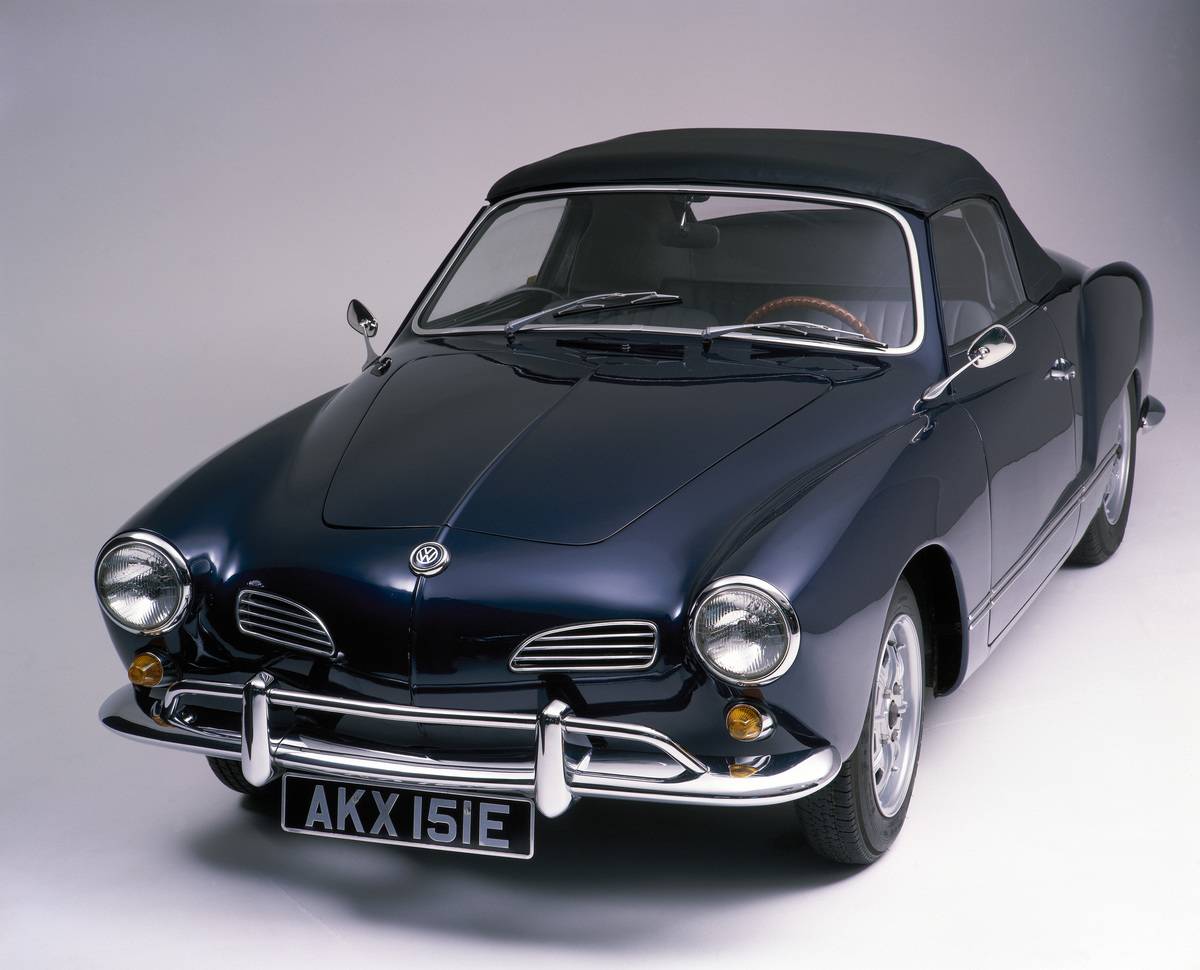
Volkswagen built around 450,000 units of this exceptional sports car during its two-decade production run. However, those sales figures are close to none compared to the famous Beetle.
The Karmann Ghia borrowed the same air-cooled flat-four motor that can be found in the Beetle. It remained on the market until the end of 1974.
Maserati Biturbo
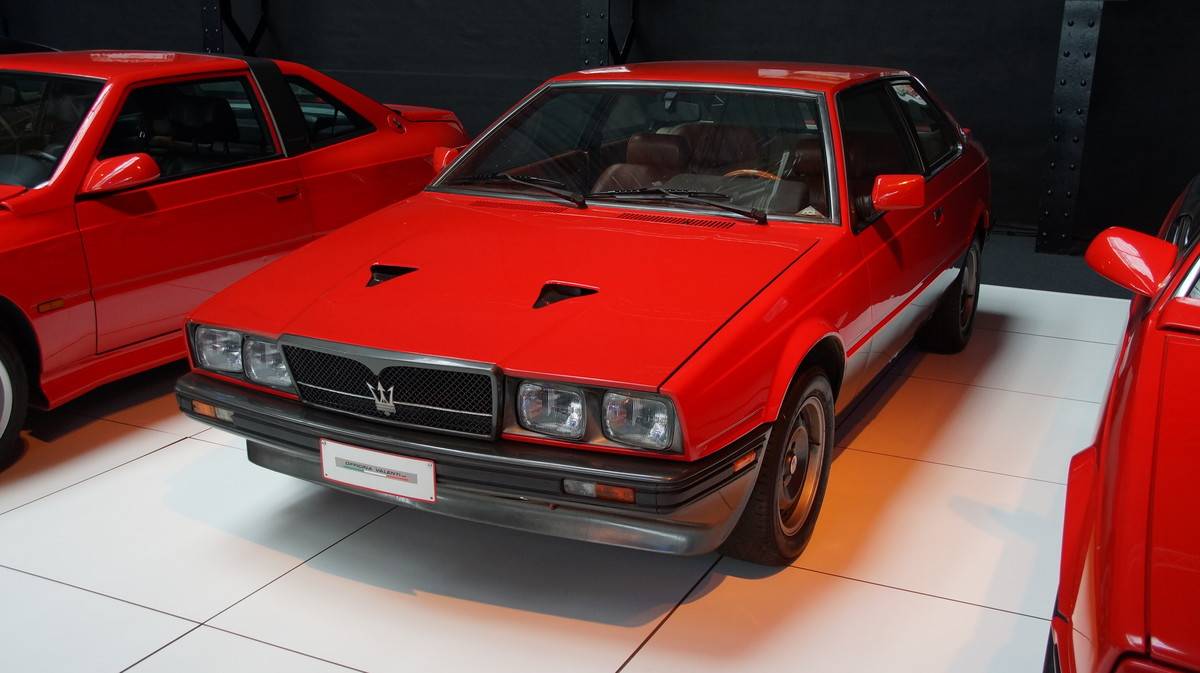
Maserati unveiled the Biturbo as the brand’s entry-level vehicle back in the early 80s. This jaw-dropping grand tourer was relatively affordable, at least when compared with other Maseratis available at the time. Despite an attractive sticker price, the Italian automaker only sold around 40,000 units before discontinuing the model in 1994.
Most of the examples aren’t around anymore. The Biturbo quickly became infamous for its notorious reliability issues, and its high upkeep costs drove potential buyers away.
Saab 900 Turbo

These quirky-looking cars were one of the first non-performance automobiles powered by a turbocharged powerplant. The 900 Turbo made between 140 and 200 horses, depending on the production year.
Unfortunately, around three decades after the car’s initial debut, the 900 Turbo was virtually gone from the streets.
Chevrolet 454 SS
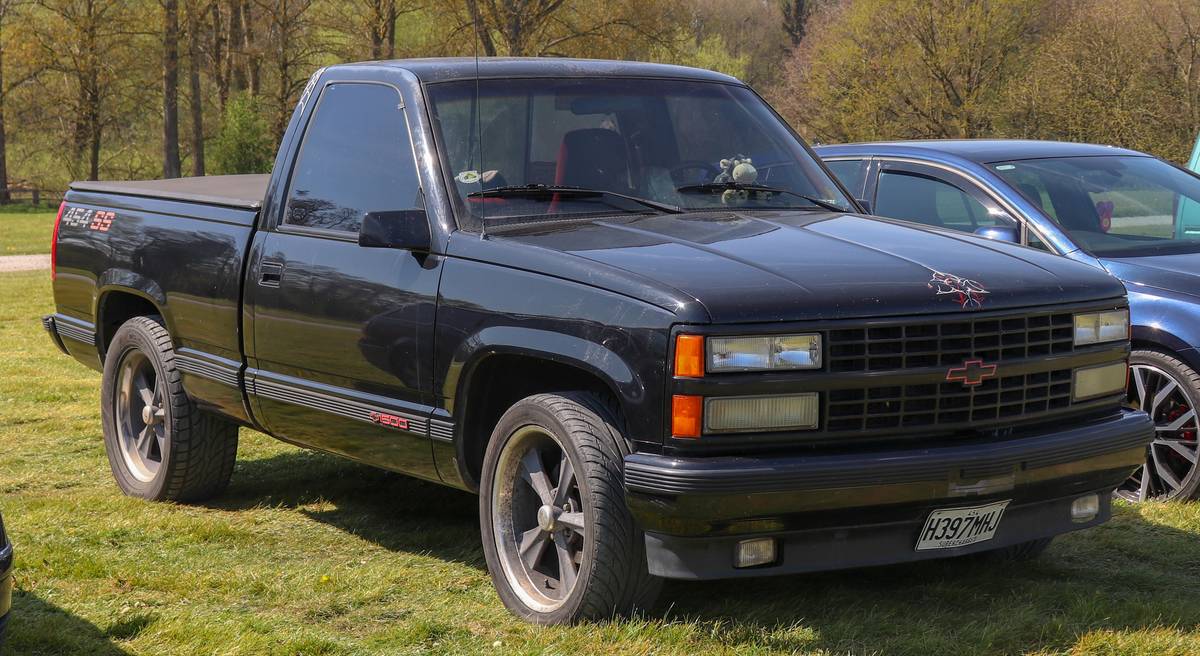
When it comes to powerful pickup trucks, it does not really get better than this. Despite having a big-block motor under the hood, the Chevrolet 454 SS never really took off. Instead, even die-hard Chevy fans forgot that this monstrosity ever existed.
The Chevrolet 454 SS produced 230 horses from its 454-cubic inch V8. It may not have been as quick as a GMC Typhoon, though it was still one of the fastest pickup trucks at the time. It is estimated that GM only built around 17,000 of these things.
Porsche 914
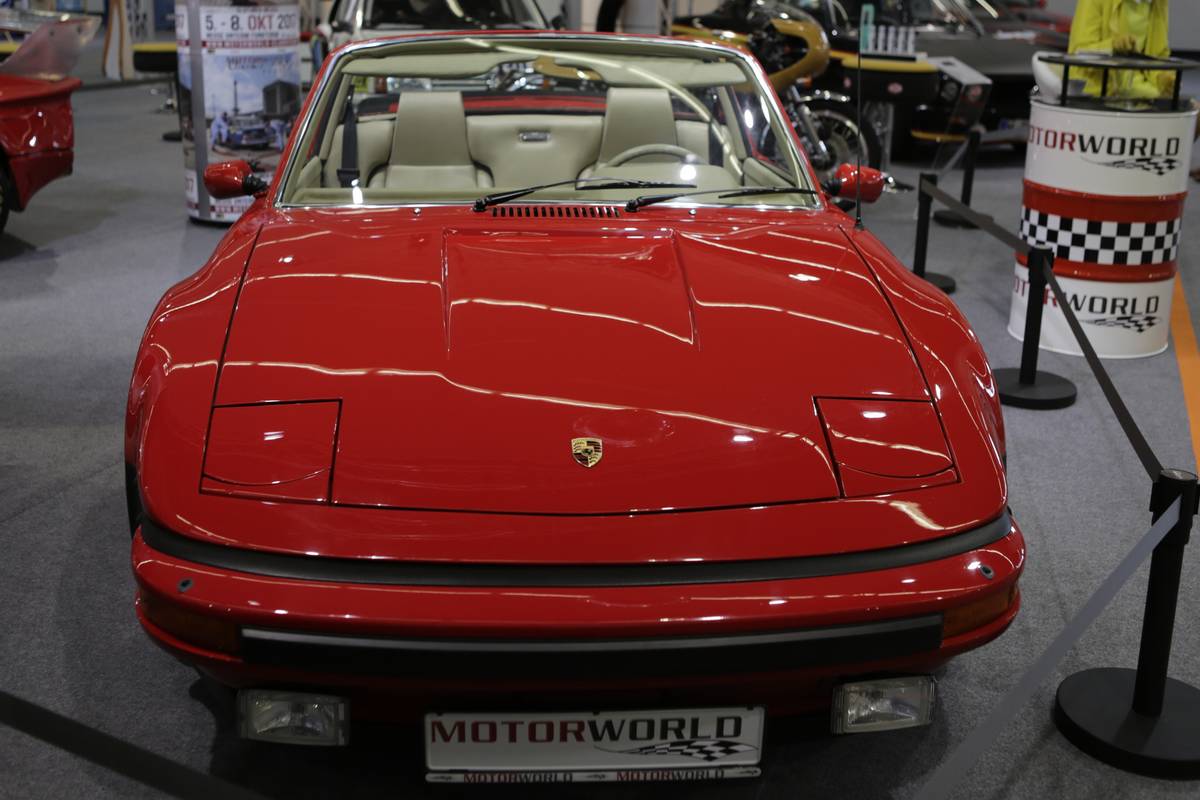
One of the only issues with the Porsche 911 is that the starting price is way too high for many buyers to be able to afford one. That’s why the German automaker unveiled the 914 in 1969.
The assembly line was shut down merely seven years after the car’s debut, with a little over 115,000 units sold in total.
Dodge Daytona
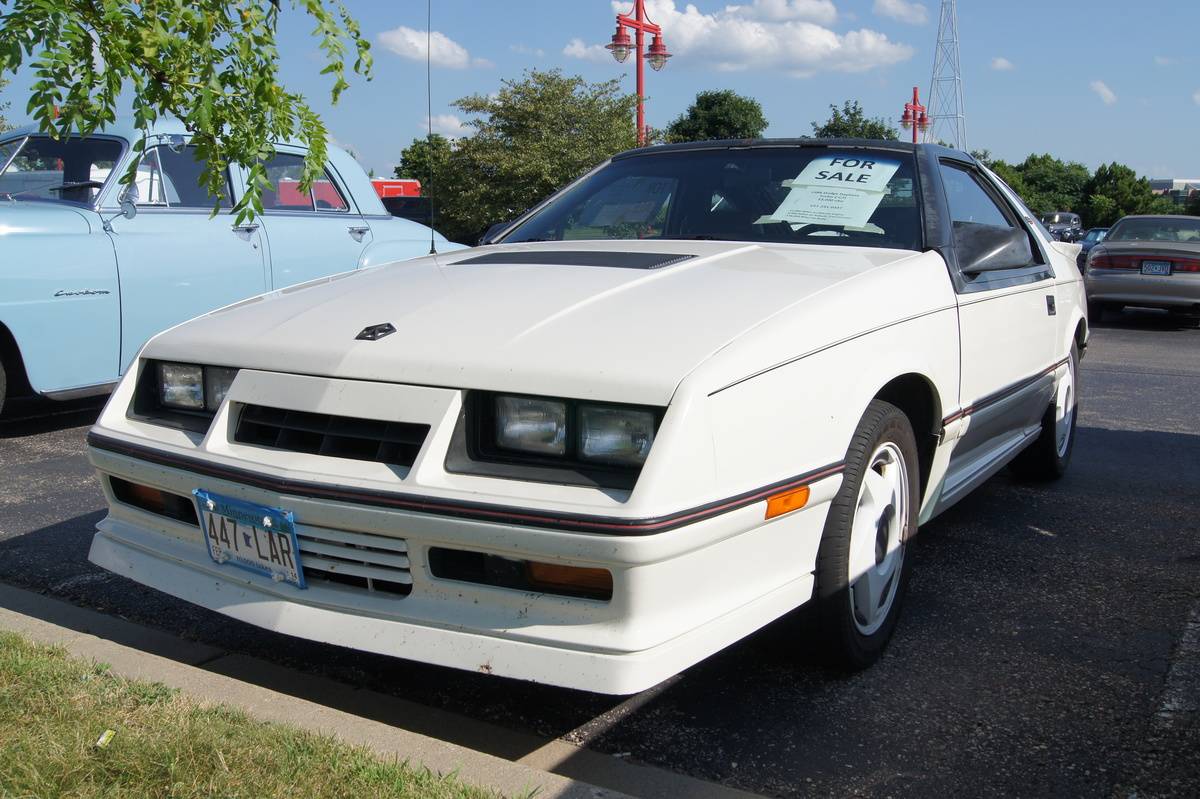
The Daytona joined the Dodge lineup for the 1984 model year. A quick look at this quirky sports car is enough to realize that it was indeed designed in the ’80s. Its boxy design language, paired with a retro interior, is simply unmistakable.
Despite an initial drop in popularity, the Dodge Daytona has certainly aged well. Today, it’s a great pick if you’re after a classic ’80s sports car that’s unlike anything else on the market.
Triumph TR6

The TR6 was perhaps one of the coolest cars built by the manufacturer, yet it was quickly forgotten like any other Triumph automobile.
The TR6 is an absolute blast to drive, largely thanks to its tiny size and a powerful 2.5L motor mated with a four-speed stick-shift. It was produced for nearly a decade, starting in ’68.
Ford Torino Talladega
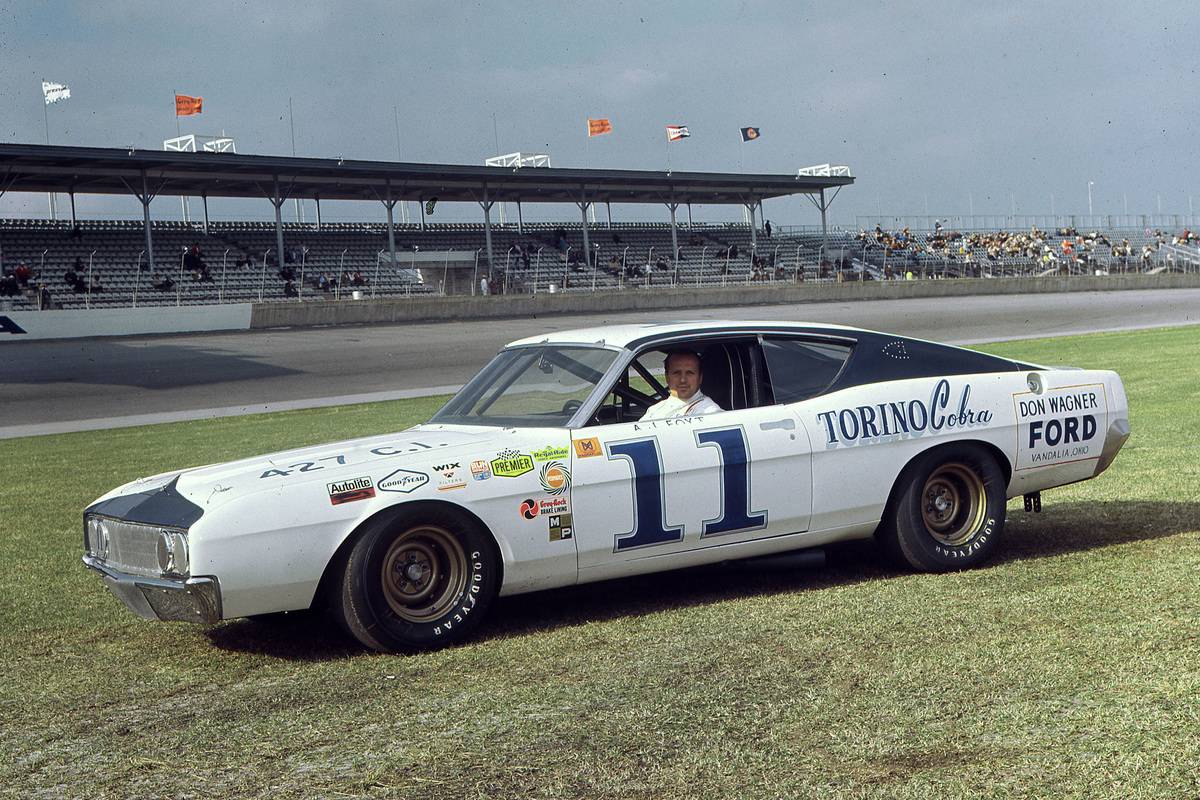
NASCAR regulations from the 1960s are the sole reason we got to see the Ford Torino Talladega. Back then, automakers had to release at least 500 units of road-going variants of their race cars to be eligible to compete.
In effect, the Torino Talladega is a rare muscle car that was essentially a NASCAR race car converted for road use. It was only in production for a few weeks during 1969, and most petrolheads forgot about it shortly after.
Ford Mustang SVT Cobra
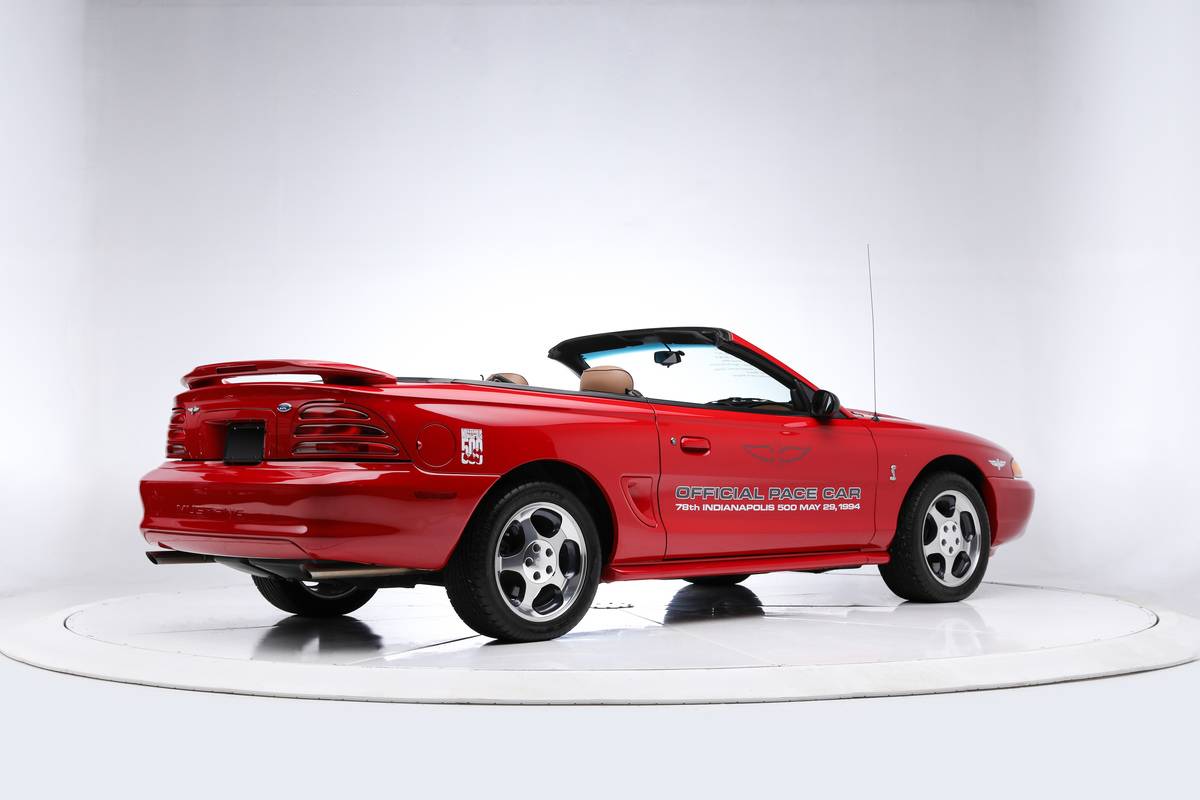
This souped-up fourth-gen Mustang was one of the most capable American sports cars of the early ’90s, though most people quickly forgot about it.
The 1995 model year is one of the rarest Mustangs ever. That year, Ford only sold 250 units of the powerful SVT Cobra R, which was even quicker than the regular Cobra!
BMW Z1
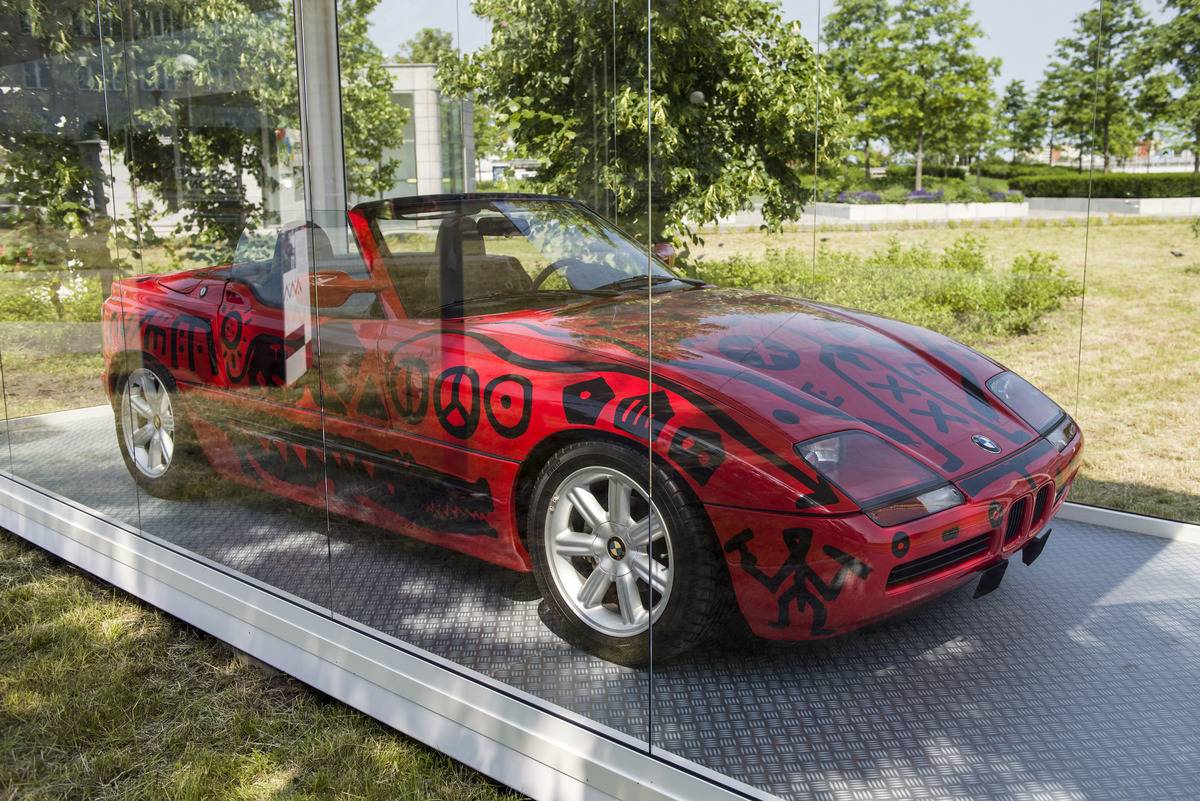
Today, the Z1 is considered to be the quirkiest BMW of the 1990s. One of the most notable features of this small roadster is its unique doors, which retract into the body of the car. The Z1 was also the first vehicle in BMW’s lineup of two-seater convertibles, dubbed the Z-line.
Production ended with just around 8,000 examples made in total. The car was discontinued in 1991, just two years after its debut.
AMC Rebel The Machine
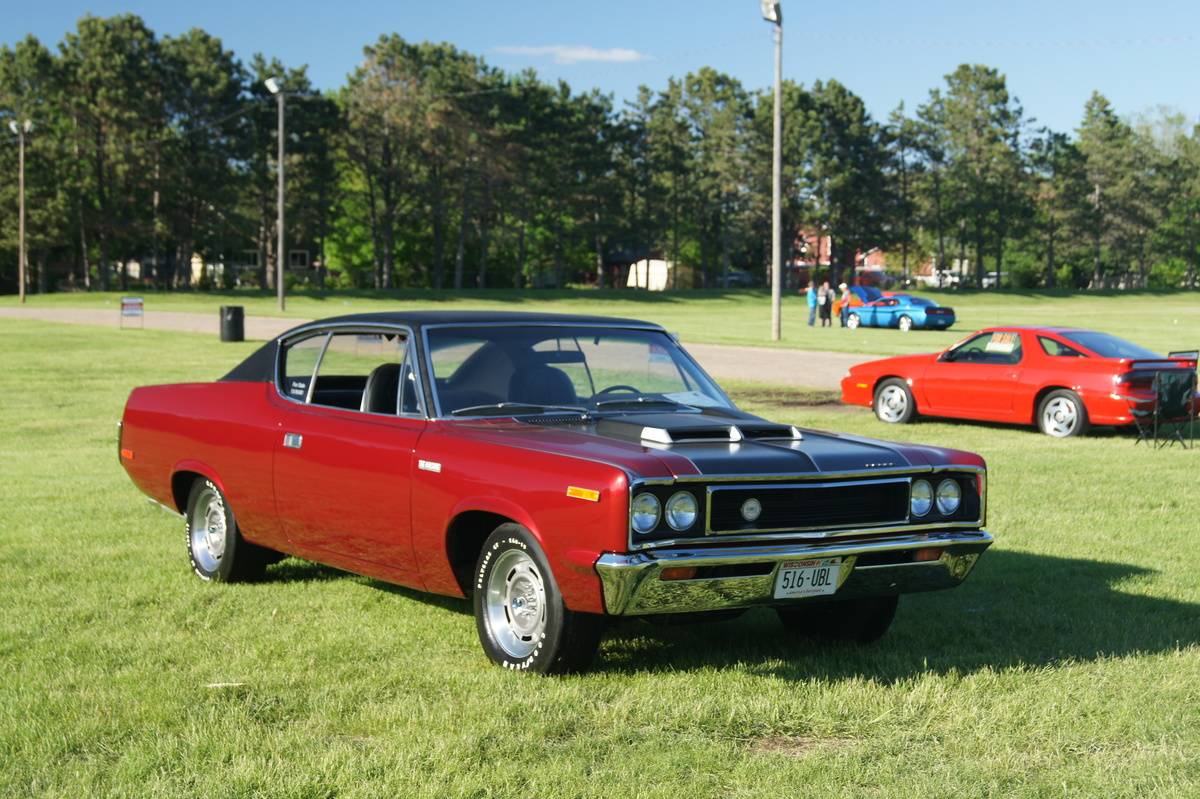
The Machine, a high-performance trim of the AMC Rebel, was one of the best-valued muscle cars of the early 70s. The vehicle offered exceptional performance and distinctive styling for a very competitive price. Despite all this, the American manufacturer only sold around 2,000 units before shutting down the production line.
The production run of The Machine was short-lived. In fact, AMC only offered it for one year. Today, the demand for one of these monstrosities is through the roof. The remaining units can easily reach hundreds of thousands of dollars at auctions, no matter what condition they’re in.
Chevrolet Chevelle Laguna 454
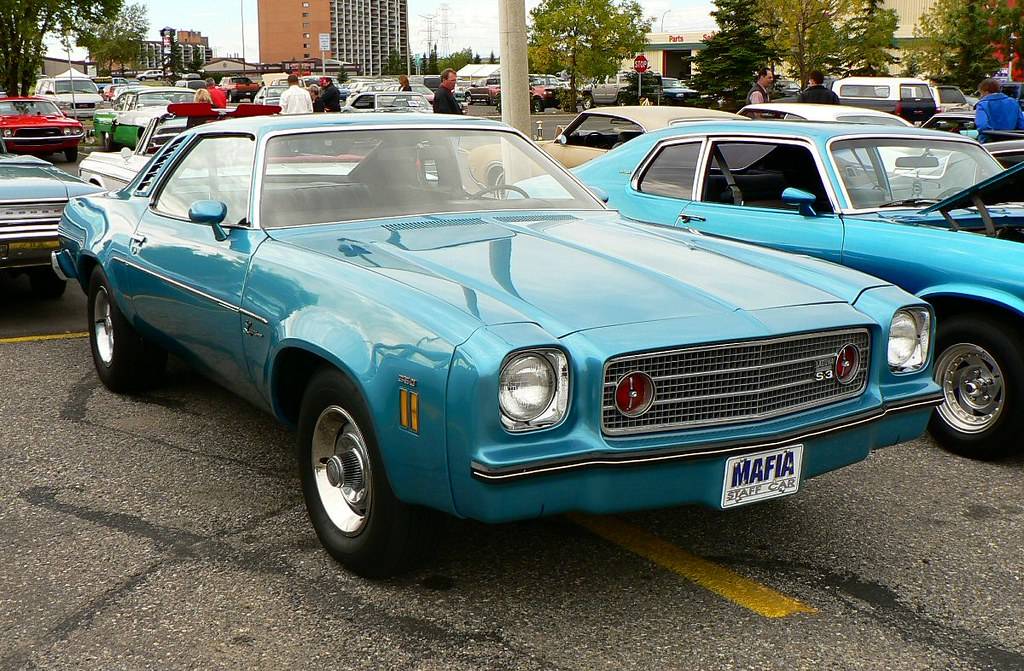
Like many other American cars from the early 70s, the Chevrolet Chevelle Laguna suffered from the 1973 oil crisis. Even the base model came powered by a gas-guzzling V8 motor. The vehicle was dropped from Chevy’s lineup after 1976, just 5 years after its launch.
Without a doubt, the Chevelle Laguna 454 was the greatest variant you could get. It came with Chevrolet’s big-block 454-cubic inch V8 under the hood. Despite a minor success at first, sales plummeted as soon as the oil crisis began and never recovered.
Jensen Interceptor

The Interceptor was a rather interesting attempt to create a muscle car for the British market. Today, this cool automobile is a well-known model among car fans. However, things were not always this way.
Sadly, this quirky vehicle wasn’t exactly a hit among consumers. Car buyers in Britain didn’t exactly want a British muscle car, while petrolheads in the US preferred powerful muscle cars made in their homeland. The model was discontinued just a decade after its debut, with only around 7,000 units sold in total.
1965 Pontiac 2+2
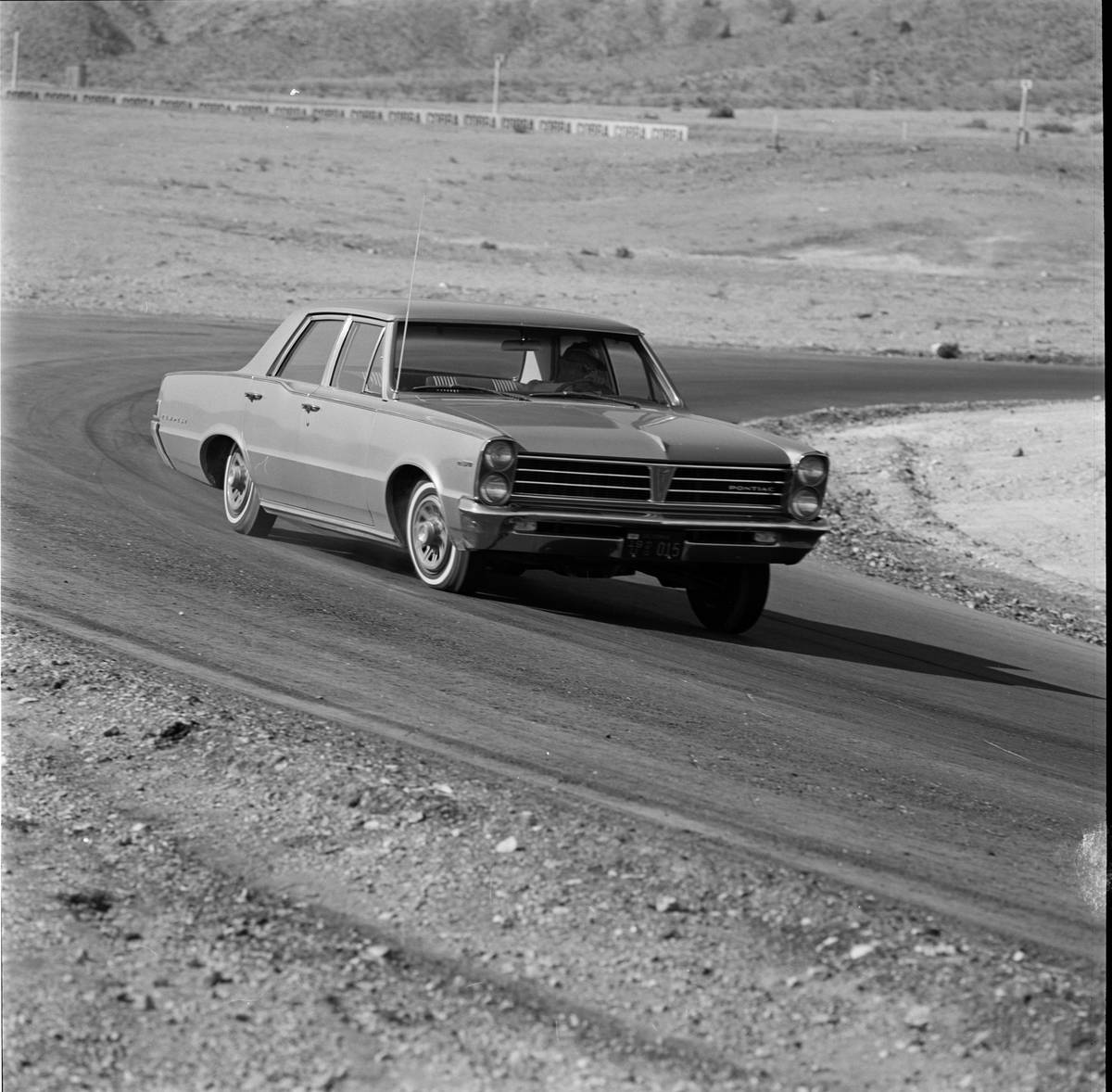
The 2+2 from the mid-60s quickly became known as the big cousin of the Pontiac GTO. That’s because this gorgeous full-size coupe featured the same 428-cubic inch V8 found in the GTO, rated at 376 horsepower. It could fit up to 4 occupants and measured nearly 215 inches in length!
Despite being a great car at the time, the 2+2 was always overshadowed by the GTO. Those who managed to purchase one were in for a great deal, as the performance figures were virtually identical to those of the GTO.
Buick GNX
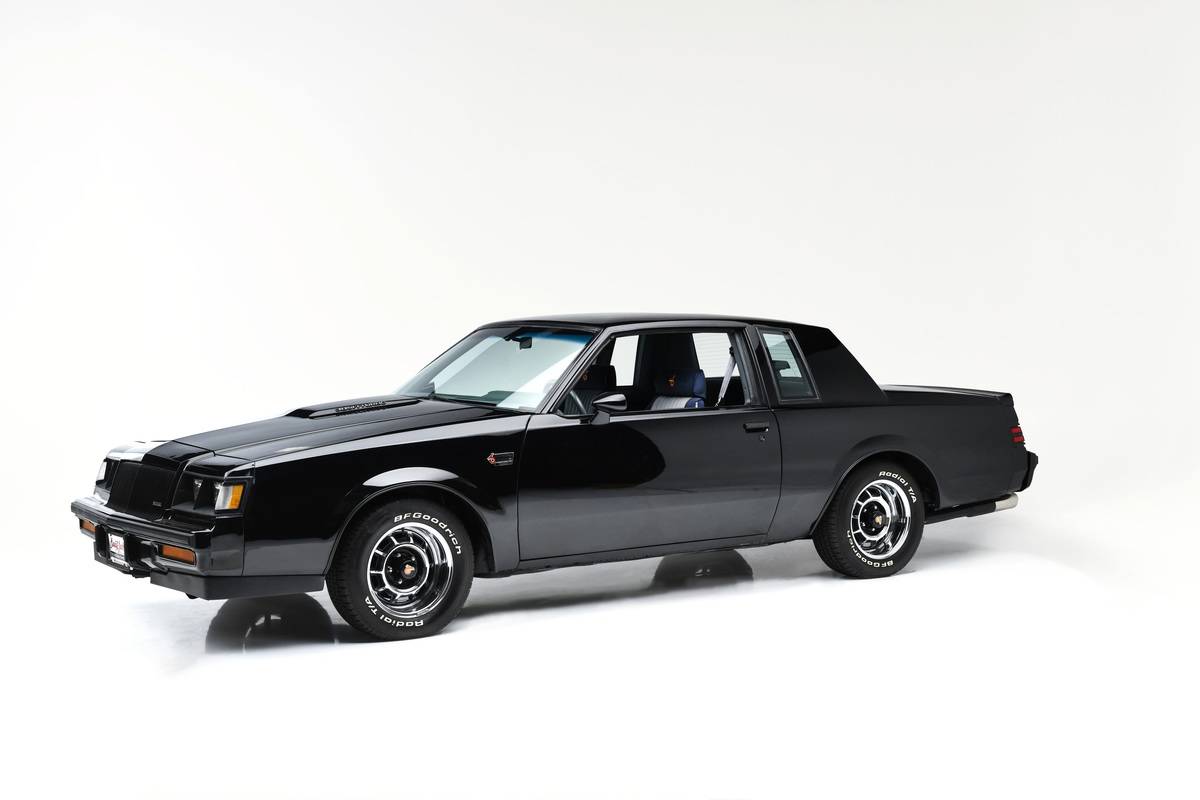
The Buick Grand National Experimental, or GNX for short, is easily one of the coolest American cars that have come out in the 1980s. It’s difficult to believe how criminally overlooked this beast was when it first came out, given its popularity today.
The GNX could reach 60 miles per hour in just 4.7 seconds, thanks to its turbocharged V6 motor that was developed with the help of McLaren Performance Technologies, an American company that’s often confused with the British supercar manufacturer.
Ford Mustang Foxbody

Today, the third generation of the Ford Mustang is finally starting to receive the love it deserves. However, this was not the case back when the Foxbody first came out.
Though not as awful as its direct predecessor, which was based on the infamous Pinto, the Foxbody wasn’t exactly a hit among buyers. In fact, the annual US sales of the pony car dipped to under 100,000 units for the first time in 1991. Two years later, Ford introduced the fourth generation of the Mustang.
Jeep Gladiator
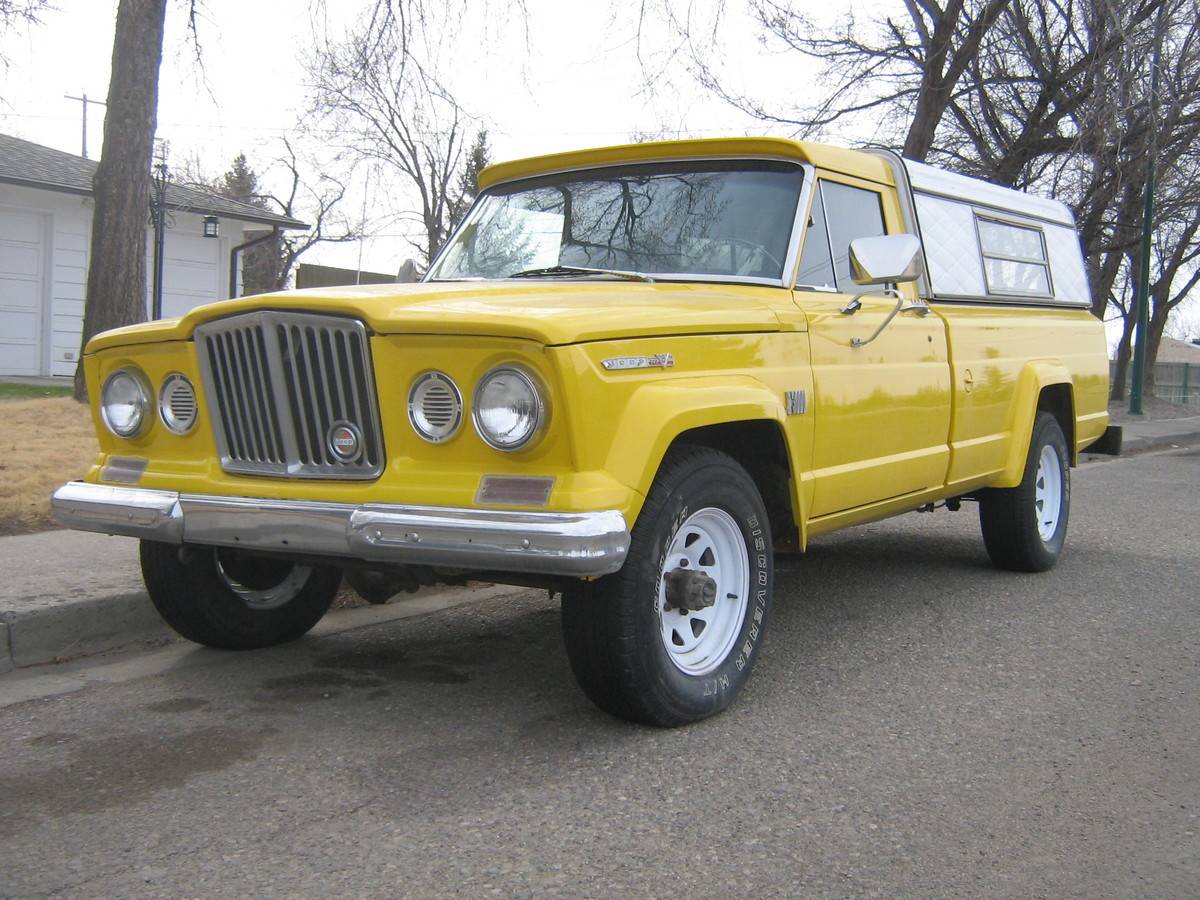
1963 was indeed a good year for Jeep. That’s when the American automaker revealed the Gladiator, a monstrous pick-up truck based on the Jeep Willys truck. It was a true game-changer, arguably being the best pickup truck available on the market at the time.
The first-gen was quickly changed in 1971, Jeep decided to drop the Gladiator nameplate and continue selling the model as the Jeep Pickup instead. Most seemed to forget that the original Gladiator ever existed. That is, until the American manufacturer revived the legendary nameplate for the 2020 model year.
Buick Gran Sport 455
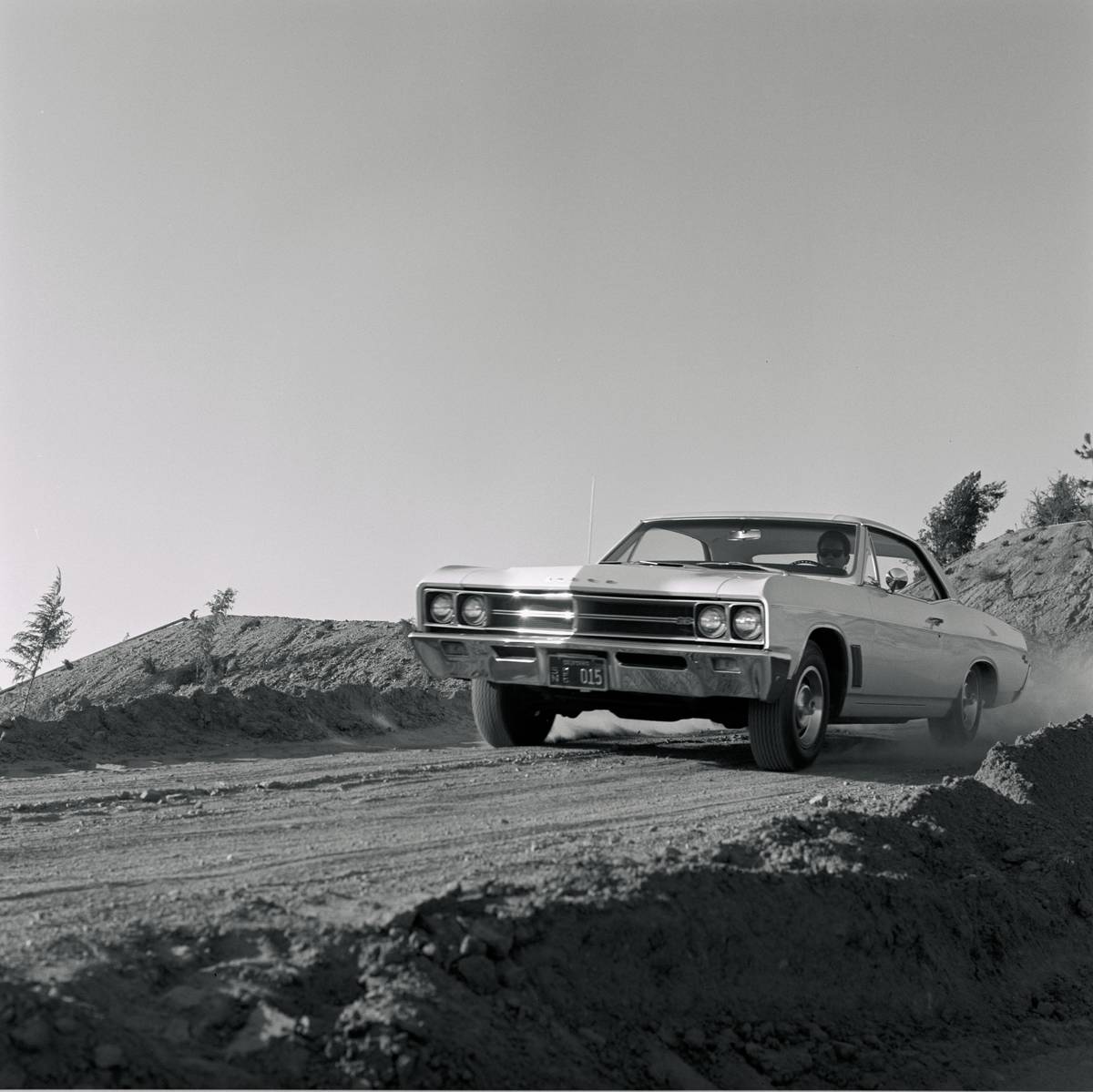
The Buick Gran Sport powered by a big-block 455-cubic inch V8 hit the market for the 1970 model year. The automaker released this monstrosity during the peak of the muscle car craze, which was likely one of the main reasons why the Gran Sport 455 was eventually forgotten. There were simply too many competitors at the time.
The 455 fitted in the ’70 Gran Sport peaked at a whopping 360 horsepower! Back in 1970, you could pick one of these up for under $3300.
Buick Wildcat
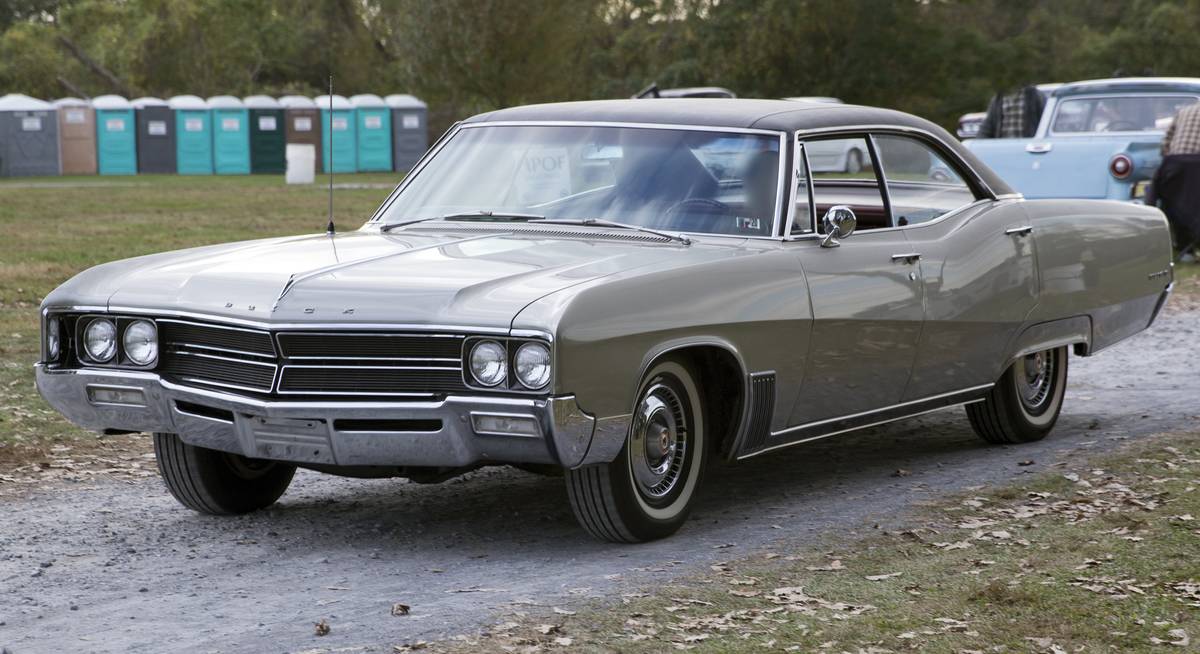
Back in the late 1960s, the Wildcat was the ultimate luxurious muscle car. Unlike the majority of American vehicles at the time, the Wildcat offered the ideal mix of luxury and performance. The full-size model saw a short production run that only lasted 7 years and spanned two generations in total.
Beneath the hood, the Buick Wildcat naturally packed a gigantic V8 motor. The automaker only fitted enormous V8 engines in the Wildcat, which varied between 401 and 455 cubic inches in displacement. Today, the big-block 455-powered Wildcat remains the most desired version of them all.
Chevrolet Corvette C4
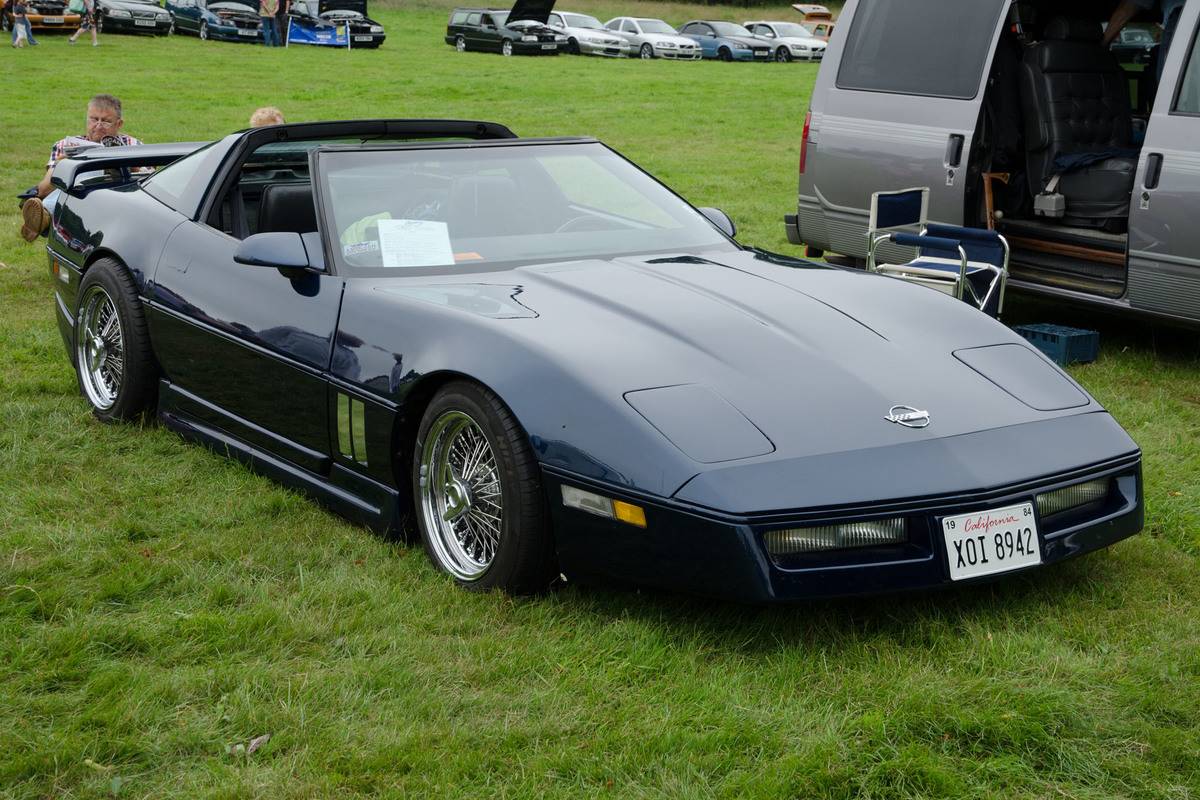
The Chevrolet Corvette C4 is perhaps the most underrated generation of America’s first sports car. This is especially interesting because, at the time of its debut, the C4 was an absolute revolution in the world of Corvettes.
Early units of the C4 only make around 250 horsepower, though the high-performance ZR1 variant produced a whopping 375 horses! A few years ago, you could pick up a base C4 in less-than-ideal condition for only a few thousand dollars. Today, the prices are beginning to pick back up, paving the way for a precious classic within the coming years.



